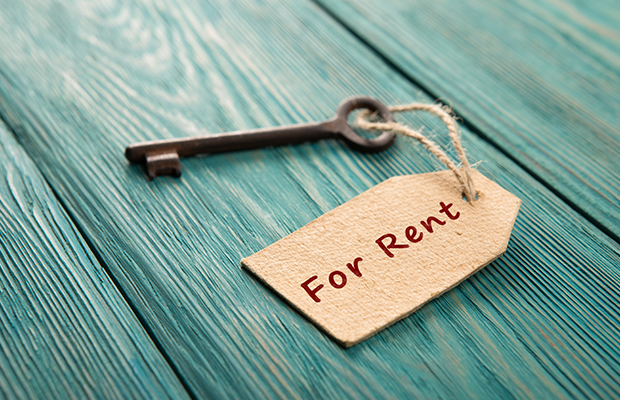Renting is becoming more and more popular for many people across the country. As renting becomes more common, many tenants neglect to carefully read their tenancy agreements and risk being poorly informed.
We’ve gathered together some top tips for tenants so that you can get the most from your tenancy.
Understand your Tenancy Agreement
When you sign a tenancy agreement, you have legal safeguards in place to protect you, including the rights to:
- Live in a well-maintained property that is safe and in good repair.
- Have ‘quiet enjoyment’ of the property.
- Register your deposit in a government-approved scheme, which guarantees the safety of your funds throughout the tenancy and grants you the authority to consent to any final deductions.
- Be protected from unfair evictions.
Your Responsibilities
As a tenant, you also have a responsibility to protect yourself, the landlord, and the property. Some of your responsibilities include:
- Granting your landlord permission to perform repairs. However, they must give you 24-hour notice, and the time must be reasonable, unless in an emergency.
- Paying the agreed rent
- Covering the cost of any damages incurred by yourself, your family, friends, or visitors to the property.
- Replacing batteries in carbon monoxide and smoke alarms and reporting them to the landlord or agent if they become faulty.
- Reporting any other repairs that fall under your landlord’s obligations and become apparent during the tenancy. You should report all necessary repairs in writing.
- Ensuring you do not sublet, assign, or permit anyone to live in your property without permission from your landlord.
- Providing original copies of documentation proving your nationality and right to rent in the UK.
It is important to uphold your responsibilities as a tenant. If you fail to comply, your landlord may take legal action to evict you and cover costs where appropriate.
Landlord Maintenance Responsibilities
As part of your landlord’s obligations to you, they must ensure that your property is well maintained, safe, and in good repair.
The legislation covering safety in rented accommodation includes the following:
- Gas safety – Gas equipment must be fitted and checked by a Gas Safe registered engineer, including boilers, gas stoves, etc. The landlord must provide a gas safety check record before you move in, and further annual checks must be carried out.
- Electrical safety – Your landlord must ensure that all electrics, sockets, and electrical equipment that comes with the property (i.e., ovens, kettles, etc.) are safe.
- Smoke alarms and carbon monoxide detectors – Your landlord must provide a smoke alarm on each level of the property and a carbon monoxide detector in rooms with a solid fuel-burning appliance, such as a wood burner.
- Furnishings – If furnishings are provided, they must be fire-safe.
- Legionella’s Disease – Your landlord must conduct a risk assessment and take appropriate steps to reduce or eliminate any identified risks
Deposits
A deposit is usually paid prior to moving into a property. Since April 6, 2007, landlords and letting agents have been required to register tenant deposits in a government-approved scheme if they have an Assured Shorthold Tenancy (AST).
You should get your deposit back if you:
- Meet the terms of your tenancy agreement
- Don’t damage the property
- Pay your rent and bills on time
Your landlord or letting agent must put your deposit in the scheme within 30 days of receiving it.
Martin & Co is a member of the Deposit Protection Service (DPS). This is one of the largest schemes of its kind in the country.
Assured Shorthold Tenancy
In England and Wales, this is the most common type of tenancy agreement. It’s an agreement that outlines the obligations of both the tenant and the landlord, as well as any mutually agreed upon terms such as the rent payable, the length of the tenancy, and any special clauses.
How do you know if you have an AST agreement?
You will have an AST if:
- You moved into the property on or after February 28, 1997.
- You have exclusive possession of the property.
- The landlord does not reside at the property with you or in the original building.
- You’re paying less than £100,000 in rent per year.
- The property serves as your primary or sole residence.
For more information, contact your local Martin & Co branch.




